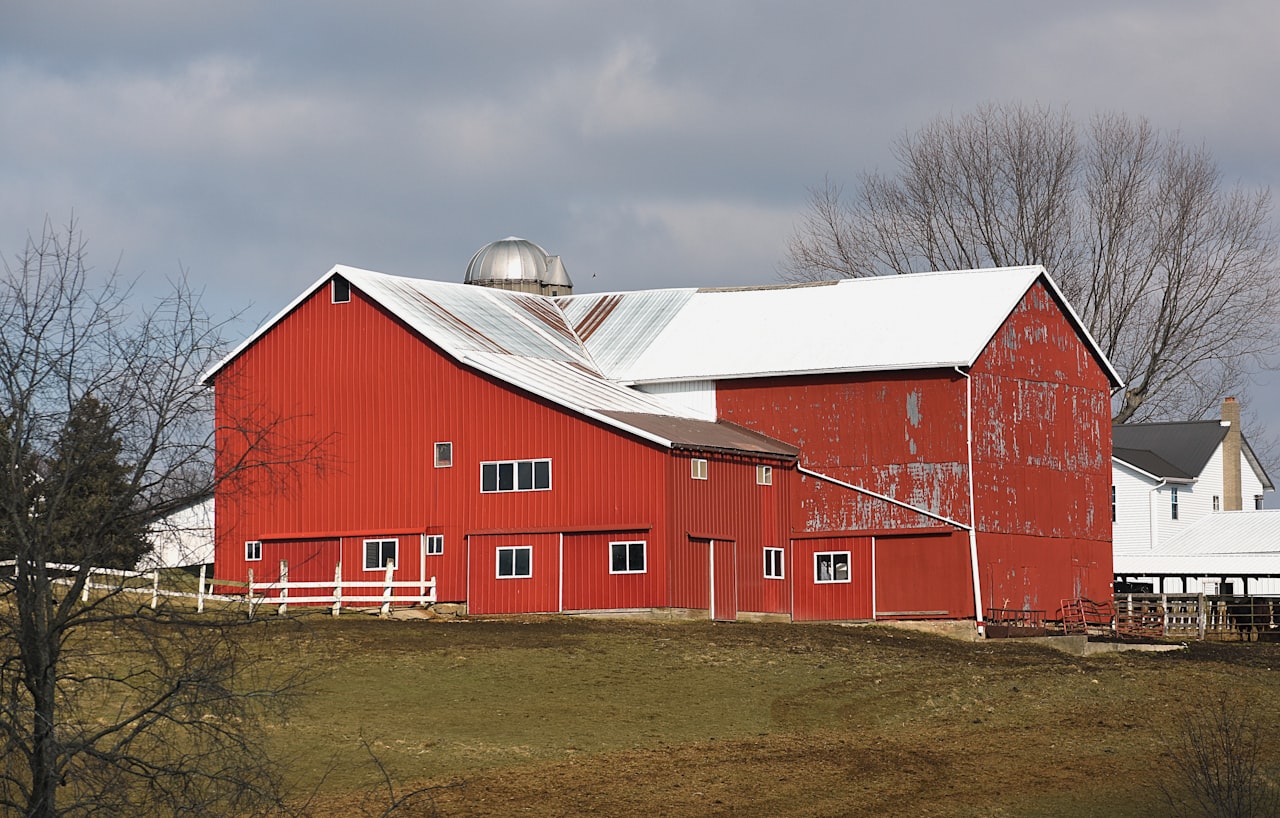If you think about it, what could be more important in life, in terms of the food that we put into our bodies, than the environment in which we grow these fruits, vegetables, grains, etc.? As we experience a greater and greater focus on the foods we eat, improving the quality of our atmosphere (water, air and soil) and increasing the productivity of our agricultural lands, the concept of regenerative agriculture – maximizing farming output by increasing the amount of organic matter in soil by following certain restorative practices – is becoming an increasingly important topic of conversation.
What is Regenerative Agriculture?
Although indigenous peoples have used sustainable farming techniques worldwide for eons – Native Americans, for instance, have used both “polyculture” and “intercropping” systems of growing corn, beans, and squash in the same area for thousands of years – the idea of regenerative agriculture, or farming, has to do with fixing, or altering, the methods of agriculture that we’ve been using in order to restore biodiversity. This concept is a bit different than that of sustainable agriculture in that the goal is actually to regenerate, or improve upon, the growing abilities of soil by A) increasing the amount of organic matter in soil, B) increasing the ability of soil to store carbon, and C) decreasing the amount of CO2 that is released into the atmosphere through traditional farming techniques. The term regenerative agriculture was first mentioned in a scientific publication around 40 years ago.
The goal of regenerative farming is to create an ecosystem that is healthier and more biodiverse by improving upon the health, productivity and fertility of soil, decreasing the level of greenhouse gases such as CO2, and creating cleaner and safer watering systems and water retention in crops. The aim of regenerative agriculture, rather than simply a greater crop yield, is to accomplish better fertility of soil, etc. through working holistically with the natural connection between plants, soil, animals and humans as a whole.
It’s All About the Soil
The mix of organic materials, minerals, air and water that we call soil is the most important component of any system of farming. The elements of a patch of soil – untouched by farming techniques, fertilizer, etc., that is – are the result of changes in climate and topography over the centuries, and in the organic materials that have been incorporated into that soil over time.
Natural fertilizers – manure in particular, but also fish, ash, green organic material and river sludge which contain various levels of nutrients such as potassium, nitrogen and phosphorous – have been used by farmers throughout history. It’s only been over the past century or so, however, that pesticides and non-organic fertilizers designed to supplement the chemical components of soil have been used.
Unfortunately, soil mismanagement – the degrading of soil through erosion, chemical mistreatment (fertilization), nutrient depletion, acidification and salinization, all due to human activity – has led in many areas to greater releases of carbon dioxide into the atmosphere, which in turn has contributed, at least in part, to climate change and a negative impact on the food production.
A Few Core Principles of Regenerative Agriculture
-
The concept of minimizing tillage – the process of turning over the soil prior to planting – is important when it comes to preventing soil erosion and diminishing the amount of carbon that is released into the atmosphere as gas. Disrupting the rich layer of topsoil decreases its fertility and negatively affects the soil’s ability to absorb water.
-
Plant diversity has to do with crop rotation and/or planting multiple crops in the same area – either next to each other or within the same space, in a process known as intercropping. The diversity of plants creates an abundance of micro-organisms in the soil that increases the amount of nutrients the plants need and decreases the need for artificial fertilizers. The use of “cover” crops such as legumes, grains, etc. has more than one purpose; cover crops help to attract pollinators, cut down on weeds and pests, decrease erosion, and provide material for foraging, or grazing.
-
The grazing of livestock – closely monitored, of course – serves to manage weeds and to naturally fertilize the soil. The addition of animal manure benefits the soil by increasing its organic matter, increasing biodiversity and naturally decreasing the likelihood of disease in the soil. Also, because the amount of time that livestock is allowed to graze a piece of land is limited, the roots of the plants that the animals eat are able to regenerate quickly, which means that any new plants are able to capture carbon dioxide naturally – and create oxygen – through the process of photosynthesis.
-
Composting, a process that may use not only animal waste but may also use food waste and crop residue, also helps to add organic matter back into the soil. Composting improves soil structure (how the various particles of matter in soil are arranged next to each other, with certain cracks or pores in between) by helping to maintain these spaces and allowing water and air to circulate.










